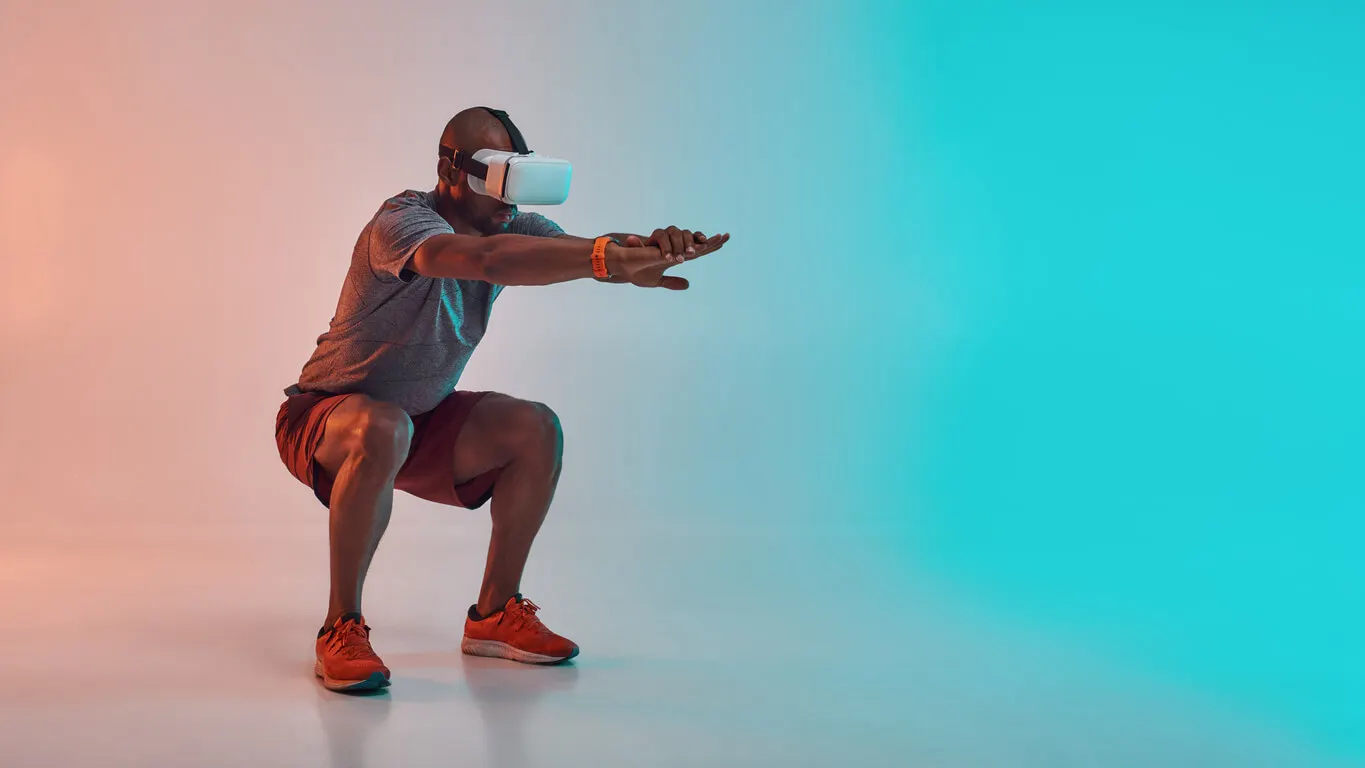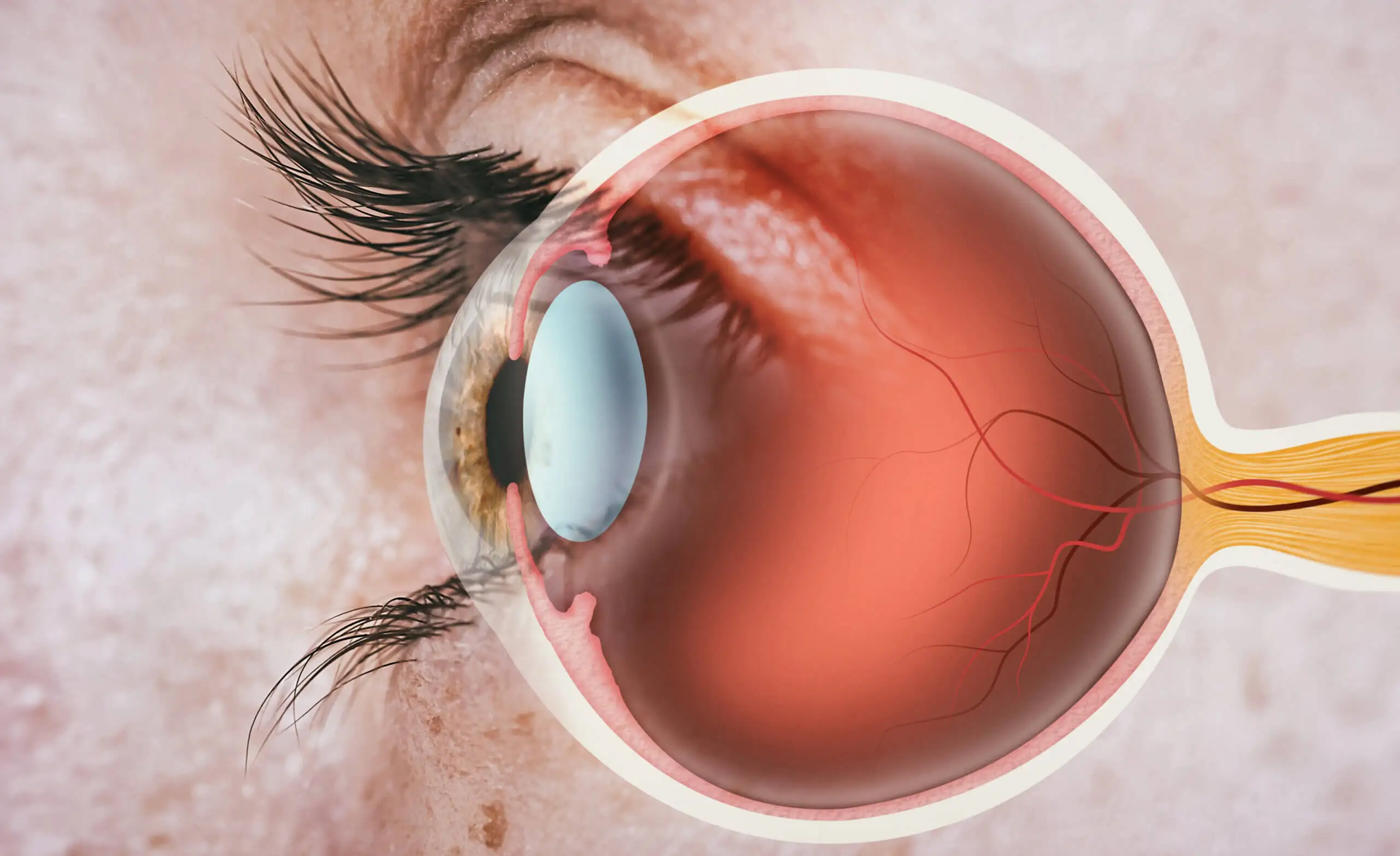Trent Alexander-Arnold: The Vision at the Heart of His Training Sessions


Written and verified by the doctor Leonardo Biolatto
For England’s Liverpool team, the use of alternative strategies to the traditional ones in the training of its players is no news. However, even at a club that’s so unconservative in this regard, Trent Alexander-Arnold’s strategy to improve his vision seems straight out of a work of science fiction.
The fullback has said that he had his eyesight evaluated by specialists and that they discovered some flaws. It was nothing serious, but small deficiencies that could be improved and affect his performance on the field.
So a vision training program was set up for Trent Alexander-Arnold, consisting of virtual reality exercises, repetition of reflexes, and concentration on the visual field. The results analyzed after the process seem to support the plan. In this article, we’ll take a look at if this translates into improved performance in real life.
How did Trent Alexander-Arnold train his vision?
For 6 weeks, Alexander-Arnold was guided by American ophthalmologist Daniel Laby. This doctor is the owner of the New York-based company Sports Vision NYC, based in New York, and is on the faculty of Harvard Medical School.
In essence, Laby is a specialist in vision enhancement for high-performance sports. His entire career has been oriented toward establishing the parameters that can change small aspects of vision to make athletes more efficient.
According to his account, once he analyzed Trent Alexander-Arnold’s vision, he noticed that it was good, but that there were limitations in precise areas. These not-so-positive results would not be a problem for people who don’t play a sport, but they become crucial with the demands of international soccer leagues.
“In soccer, it’s very important to be two steps ahead, and I think the sports vision training I’ve been doing has helped me to appreciate that even more. The experience has made me realize that the eyes can be trained and improved as much as any other part of the body.” -Trent Alexander-Arnold speaking to Red Bull
In short, the Liverpool full-back spent a month and a half shooting at illuminated objects in a specially designed darkroom. He also practiced with electronic pedal-like push buttons according to the stimuli received. Finally, he also experienced virtual reality with glasses that immersed him in 3D.

Trent Alexander-Arnold: The improvement in numbers
After Trent Alexander-Arnold’s 6 weeks of vision training, his visual parameters were measured again. Laby and his team found that the improvement in results was more than 40%.
In fact, when tested for identifying small objects with low contrast, his reflexes showed an increase of 44%. But that’s not all. When assessing the tracking of multiple objects at different speeds, the improvement was as much as 241%.
It was also reported that the Liverpool player is more accurate in shooting at illuminated objects and that his field of vision is more concentrated on one point, without neglecting the rest. This would allow him to know where his teammates are without taking his eye off the ball. This translates to quicker and more accurate decisions on the field.
Like this article? We think you may also find this one interesting: Kylian Mbappé: The Rigorous Exercise and Diet Routine of Soccer’s Next Big Star
The science of visual training
Training vision is not just a concern of Liverpool as a club, nor is it an invention of doctor Daniel Laby. Scientific studies on the subject can be found in sports medicine journals, where various exercises are proposed to improve this sense.
However, a reference by Chacha and collaborators (2020) shows how little impact this reality has on training. According to the authors, technical directors and physical trainers are not aware of the importance of peripheral vision in the game. Nevertheless, even though their players perform better than non-athletes in eye tests, almost no one is concerned about training the eye.
The researchers agree that peripheral vision is crucial in team sports. Here, we can include not only soccer, but also basketball, rugby and field hockey.
Laby’s goal with Trent Alexander-Arnold’s vision is along the same lines. If a player in charge of long passes learns to improve his visual field by keeping his eye fixed, then he becomes more accurate in passing.

“The still eye is a critical concept and skill. Its development enhances sports performance and makes the difference between victory and failure.” -Daniel Laby’s Twitter account
Neurocognition, sports training, and vision
New scientific evidence in this field supports what Trent Alexander-Arnold has done for his vision. Increasingly, neuroscience is seen as a critical part of elite sports performance.
A study published in Human Kinetic Journal found that the risk of injury on the playing field is reduced when athletes have trained their eye movements. This would make them quicker to react and dodge dangerous situations.
The technological star in this is virtual reality. Several pieces of evidence point to the fact that 3D simulation of concrete game situations stimulates cognitive skills. The future of this development lies in artificial intelligence and the creation of virtual environments that are increasingly similar to match conditions.
We think you may also enjoy reading this: The Pintus Method: The Secret Behind Real Madrid’s Success
It’s never enough to be the best
Soccer can no longer be just about training player’s running and aerobic endurance. Players in the world’s top leagues have strength routines, psychological monitoring, and even empowering their senses.
“After people see the experiment and what the whole process has been like, I would say there are going to be more players interested in sports vision.” -Trent Alexander-Arnold
Being the best demands superlative effort. For Trent Alexander-Arnold, part of that journey was vision training in order to distinguish himself from the rest.
All cited sources were thoroughly reviewed by our team to ensure their quality, reliability, currency, and validity. The bibliography of this article was considered reliable and of academic or scientific accuracy.
- Chacha, W. H. S., Cuenca, G. M. V., Mediavilla, C. M. Á., & Arcos, H. G. A. (2020). Efectos del entrenamiento de la visión periférica en el rendimiento deportivo del jugador de fútbol. Polo del Conocimiento: Revista científico-profesional, 5(11), 468-481.
- Junyent, L. Q., & Fortó, J. S. (2007). Visión periférica: propuesta de entrenamiento. Apunts. Educación física y deportes, 2(88), 75-80.
- Wilkerson, G. B., Simpson, K. A., & Clark, R. A. (2017). Assessment and training of visuomotor reaction time for football injury prevention. Journal of sport rehabilitation, 26(1), 26-34.
- Appelbaum, L. G., & Erickson, G. (2018). Sports vision training: A review of the state-of-the-art in digital training techniques. International Review of Sport and Exercise Psychology, 11(1), 160-189.
This text is provided for informational purposes only and does not replace consultation with a professional. If in doubt, consult your specialist.








